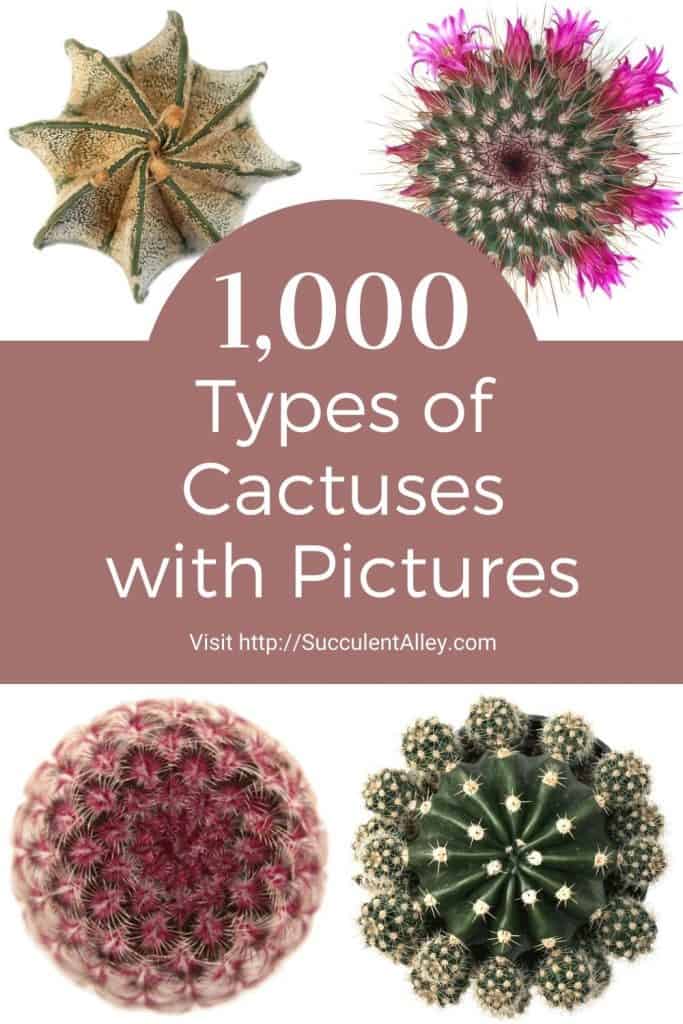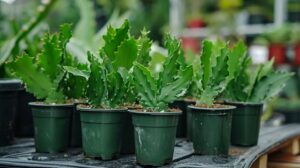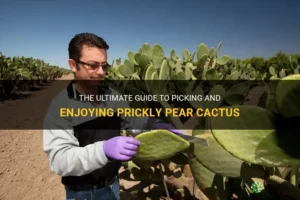In the rich tapestry of the botanical world, cacti stand apart for their remarkable adaptations to arid environments. These fascinating plants have evolved unique structures, colors, and sizes, enabling them to survive in some of the harshest climates on Earth. The diversity of cacti can be overwhelming, leading enthusiasts and casual observers alike to seek visual cues that aid in their identification. This guide aims to provide a comprehensive overview of common cactus species, reinforced by vivid imagery that serves as a helpful tool for anyone interested in learning more about these extraordinary plants.
Understanding the allure of cacti requires a brief exploration of their captivating characteristics. These plants are not simply resilient survivors; they embody a perfect blend of beauty and functionality. The architectural forms of cacti, ranging from the majestic saguaro to the diminutive barrel cactus, create an interplay of shapes and shadows that inspire awe. Moreover, the vibrant hues of their flowers, arrayed in a brilliant spectrum, make them exceedingly photogenic. This confluence of aesthetic appeal and ecological ingenuity is what draws people to cacti and spurs the desire for identification.
The significance of these plants extends beyond their visual qualities. Cacti possess a complex biological makeup that allows them to thrive in extreme conditions. The intricate photographs of cacti captured in this guide not only serve the purpose of identification but also celebrate these remarkable adaptations. Learning to recognize different species provides insight into their habitats and their roles within the ecosystem, deepening the appreciation of these botanical wonders.
Identifying common cactus species can be simplified through a visual approach. Several characteristics—such as size, shape, color, and even spines—can help differentiate one species from another. Below are some well-known cactus types, complete with descriptions to enhance understanding.
Exploring the Saguaro: The Icon of the American West
The saguaro cactus is perhaps the most emblematic of all cacti, often serving as a symbol of the American Southwest. Reaching heights of up to 40 feet, this towering giant can live for over 150 years. The saguaro features an array of upward-reaching arms, which provide it with a distinct silhouette against the desert sky. Its white flowers, which bloom at night, are a critical source of nectar for various pollinators, further diversifying its ecological role.
Moreover, these cacti showcase an incredible water storage capacity, with some specimens holding thousands of liters of water at any given time. This capacity enables them to endure long periods of drought, showcasing their remarkable adaptation to arid conditions. As you become familiar with the image of the saguaro—their towering presence and striking forms—you will gain a deeper appreciation for their ecological importance and beauty.
Barrel Cactus: The Robust Resilience
Barrel cacti, characterized by their ribbed cylindrical shapes, are a fascinating subject for identification. These hardy plants can be found in various habitats, including deserts, grasslands, and rocky slopes. Some species may grow up to 10 feet tall, while others remain more diminutive, often measuring only a foot across. One particularly notable feature is their vibrant yellow or red flowers, which bloom during the spring months, attracting pollinators like bees and butterflies.
A unique aspect of barrel cacti is their ability to absorb sunlight efficiently. Their ribbed structure allows them to expand and contract based on moisture levels, a vital adaptation for survival in extreme conditions. By observing the distinct curvature of their bodies and the colors of their spines, an enthusiast can easily identify this cactus species.
The Christmas Cactus: A Botanical Holiday Icon
While not a desert-dwelling species, the Christmas cactus deserves mention for its popularity and distinct flowering pattern. Unlike its spiny relatives, this species has smooth, green stems that resemble a cascading waterfall when in bloom. Its vibrant flowers, often pink, red, or white, bloom in late autumn or early winter, coinciding with the holiday season, making it a beloved ornamental plant.
The Christmas cactus thrives in tropical climates and is often grown as a houseplant, making it accessible to many. This adaptation showcases the versatility of the broader cactus family, illustrating that not all members of this group are bound to arid environments. Recognizing the unique blooming period alongside its flat, segmented stems differentiates the Christmas cactus from other species.
Essential Tips for Cactus Identification
Identifying cacti can be a delightful and educational journey. However, a few essential tips can simplify the process. Always examine the physical characteristics: note the size, shape, and color variations. Look closely at spine arrangements, as this can significantly narrow down the possibilities. Additionally, consider the context—where is the cactus growing? Are you in a desert, a mountainous region, or a tropical environment? The habitat can provide invaluable clues.
Understanding the flowering patterns is also crucial for identification. Many cacti bloom at specific times of the year, and their flowers are often the most prominent features for identification purposes. Picturesque cactus flowers, with their dazzling array of colors, contribute significantly to their allure, inviting the observer to learn more about their species.
Utilizing resources such as visual guides, books, and online databases can further enhance the identification experience. With a foundation in the primary characteristics of various species, engaging with cactus photography can allow for a deeper connection with these plants, celebrating their intricate beauty and ecological importance.
In summary, the world of cacti is one of resilience, beauty, and complexity. By appreciating their unique attributes and engaging in the identification process through vibrant photographs, both novices and seasoned enthusiasts can deepen their understanding of this enchanting plant family. The opportunity to witness cactus diversity firsthand invites curiosity and a profound respect for nature’s capacity to adapt and thrive in challenging environments.





Leave a Comment